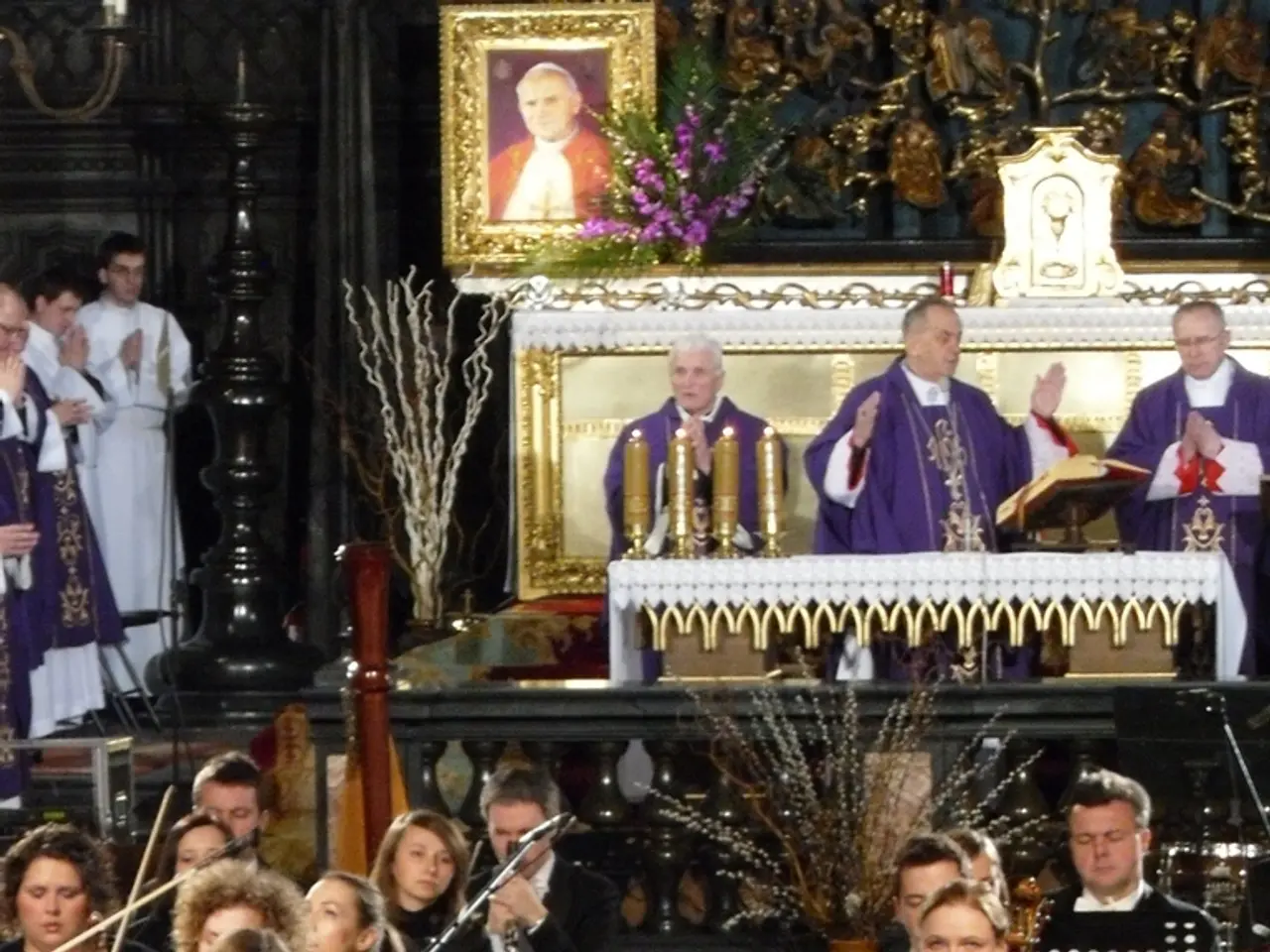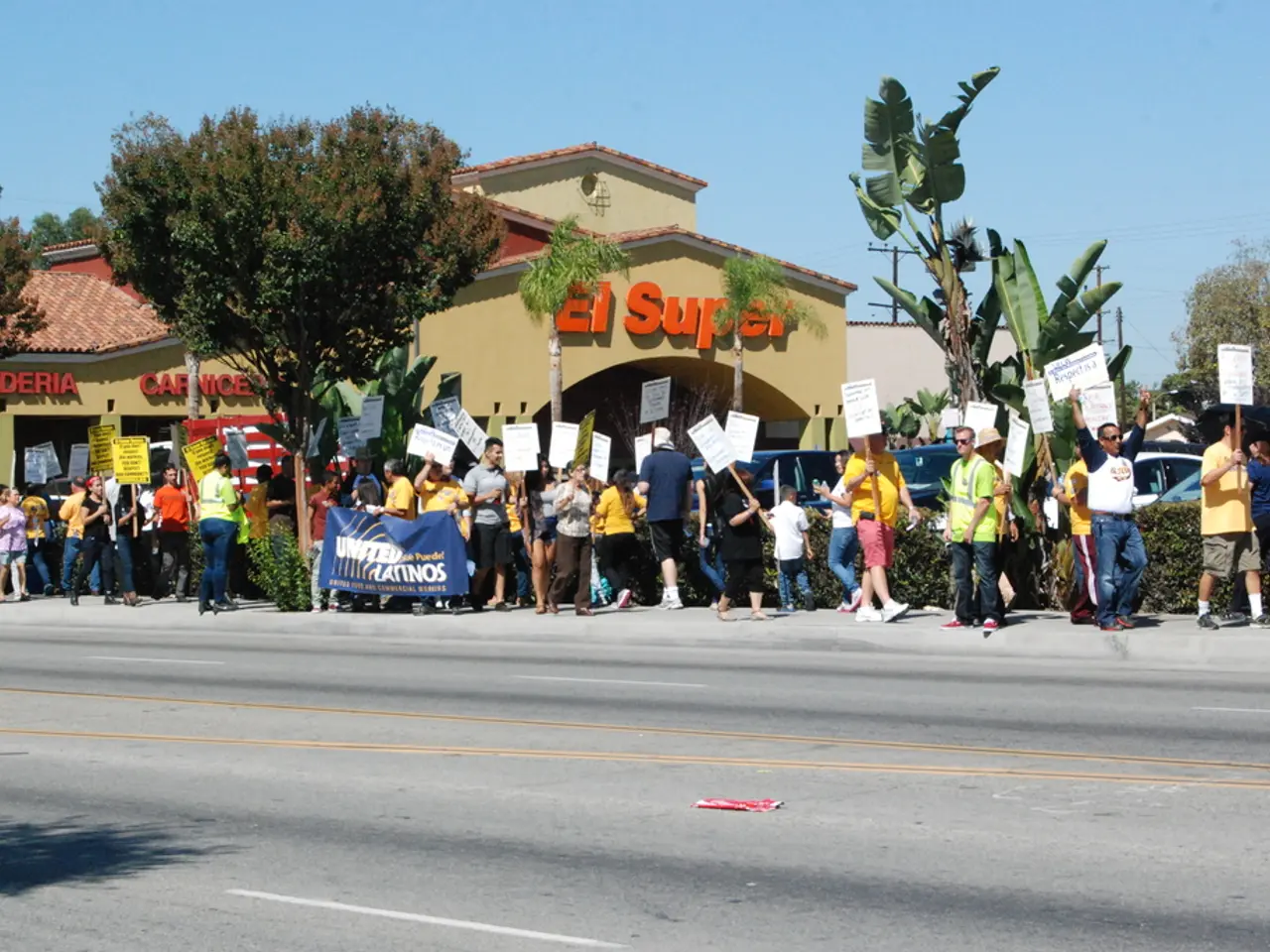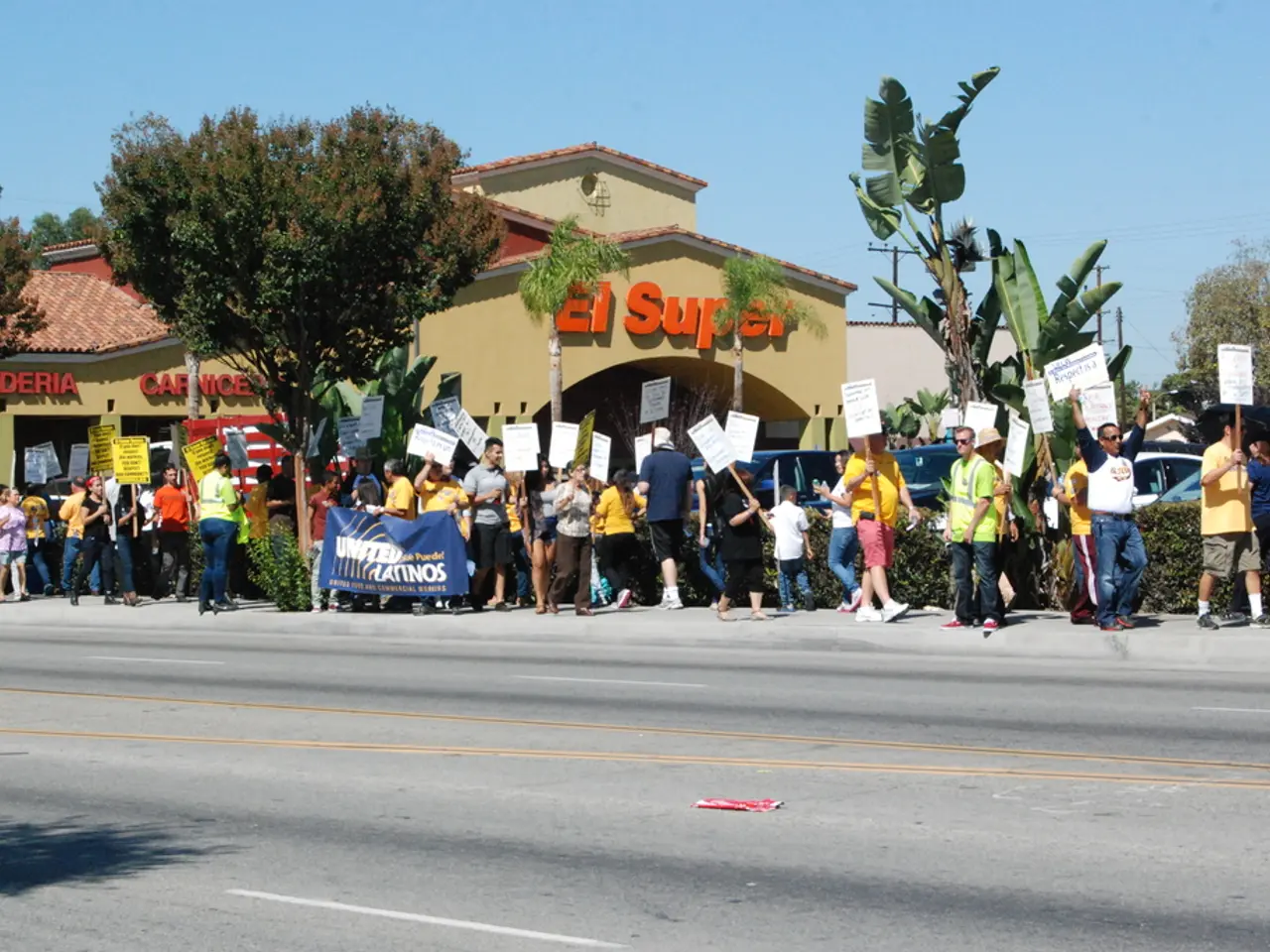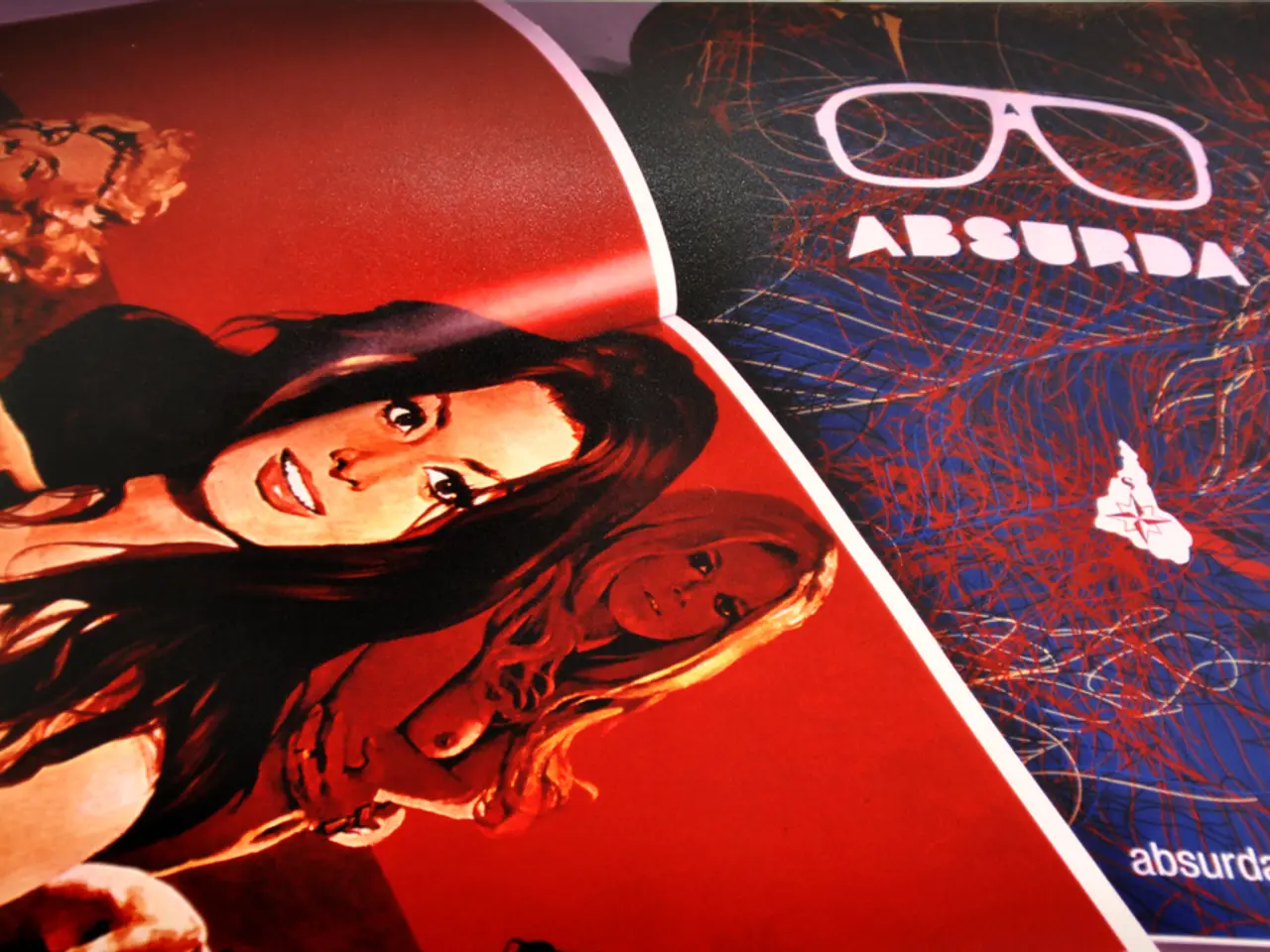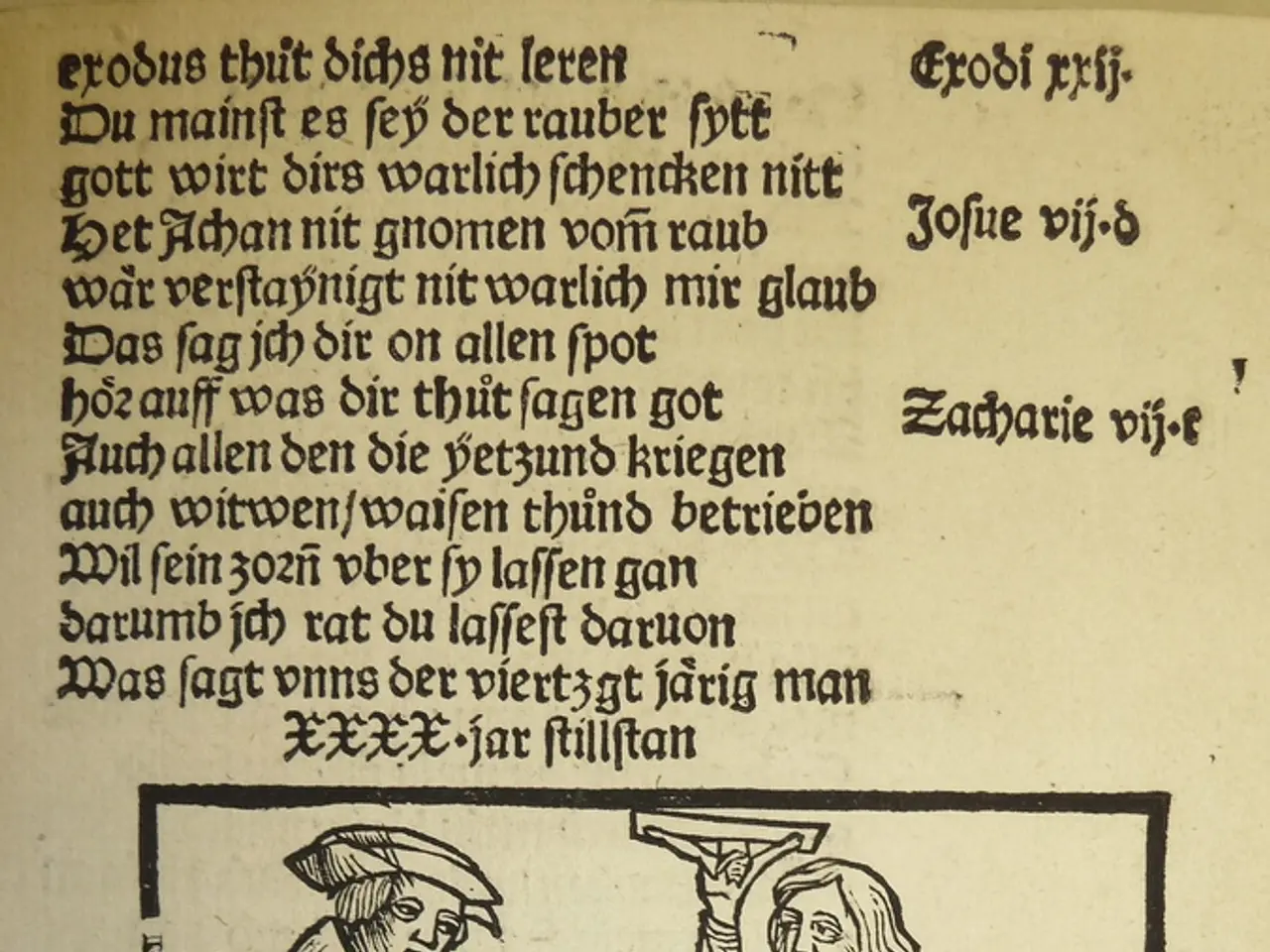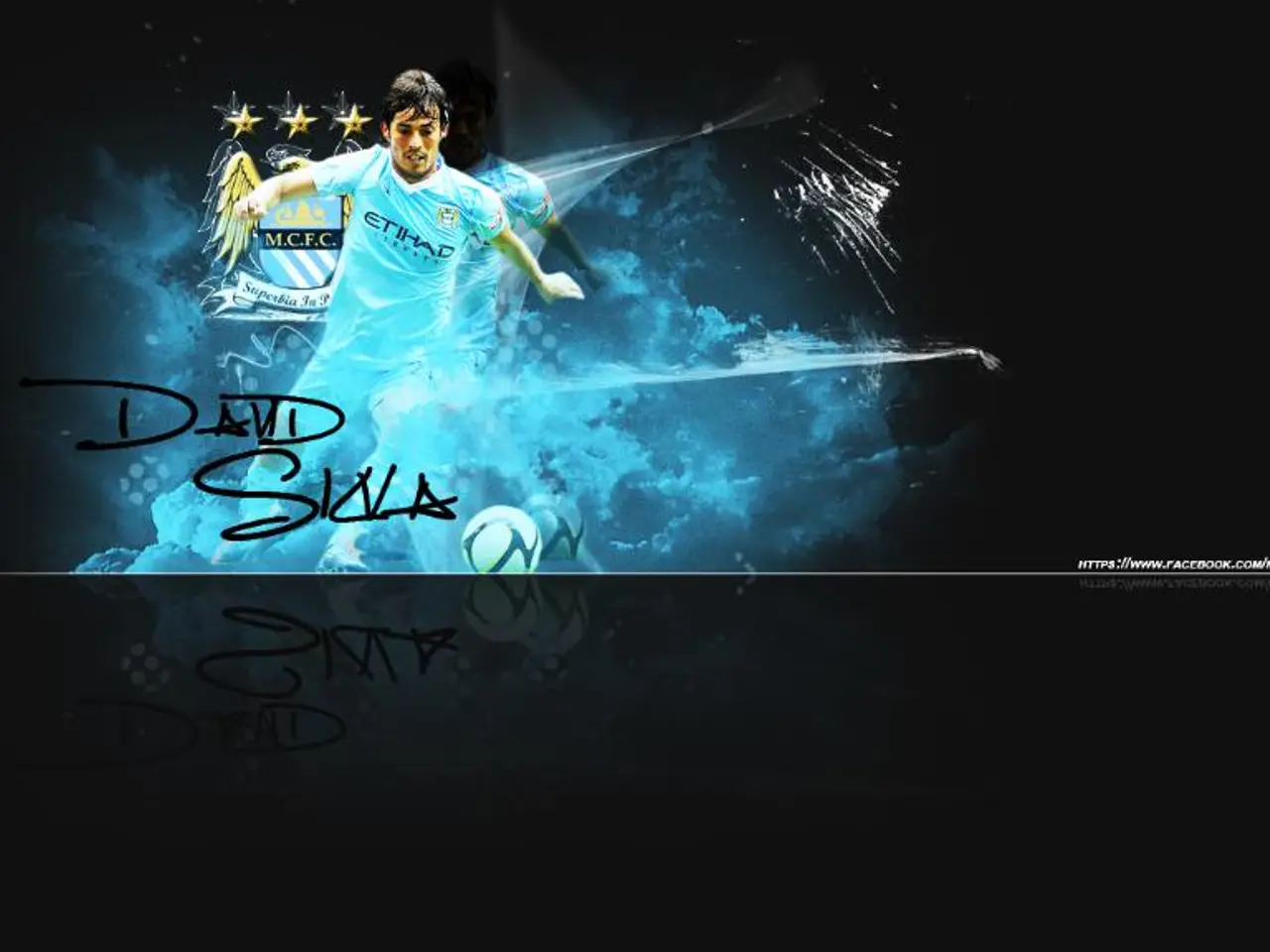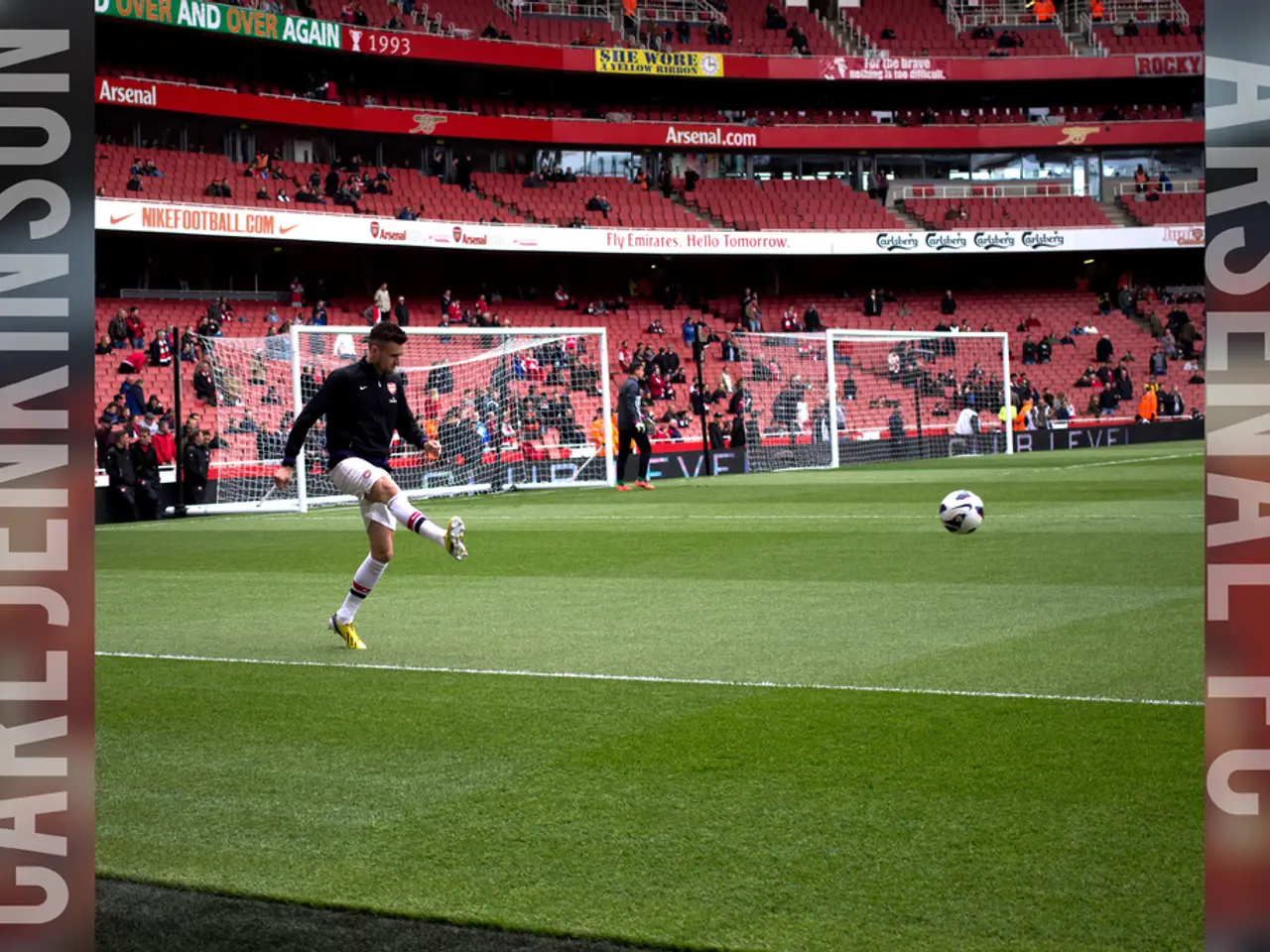Brooklyn Correspondence: Noah Schall – Initial Installment
In the heart of Brooklyn, a 92-year-old musical maestro named Noah Schall continues to shape the world of Jewish liturgical music. Born in 1929 in Williamsburg, Schall's musical journey began early, with his first music lessons under the tutelage of Elias, the son of Seidel Rovner.
Schall's career as a cantorial pedagogue commenced at the tender age of 16, where he taught cantors who could not read music by ear. His early years were marked by a unique approach to teaching, helping fledgling cantors make sense of musical scores and translating the written notes into musical practices consistent with conventions of cantorial vocal performance.
Schall's pedagogy extended beyond the boundaries of a single denomination, serving as an instructor in the cantorial training programs of the Reform, Conservative, and Orthodox seminaries. His contributions to Jewish liturgical music are significant, having produced cantorial records, published anthologies of nusakh hatefillah, and transcribed classic recorded cantorial recitatives.
One of Schall's notable compositions is Mi Shebeirach, self-published in 1950. His work also includes singing for the beginning of the koralishe nusakh for mariv, a rendition that echoed the "Lithuanian" style but substituted the familiar minor modality with a major third.
The value of Schall's collection, comprising century-old manuscripts, is ambiguous due to the present reduced interest in cantorial art music and the absence of a legitimizing structure of authority. However, his collection remains a testament to the rich history of Jewish liturgical music.
Schall's personal association with "golden age" cantors and his unique talents as a creative artist in the genre make his approach to teaching nusakh especially attractive to singers who favor the sound of classic cantorial records. The "Lithuanian" nusakh, the predominant style heard in American synagogues in the liberal movements, and the "Chassidic" variants of nusakh, commonly heard in Brooklyn and areas with Chassidic populations, are just two examples of the diverse styles Schall has mastered.
Schall also employs the Western theoretical construct of relative keys to name the relationship of different modal areas that are frequently put together in Ashkenazi liturgical music. This approach, while not traditional, adds a modern twist to the timeless melodies of Jewish liturgy.
Despite the bulky ephemera his collection has become, taking up space in his cramped living spaces, Schall's legacy in Jewish liturgical music continues to resonate. As a contemporary composer and musician, Schall has expanded the repertoire of Jewish liturgical music and is recognized in some Jewish musical communities for his compositions used in prayer services.
However, it is essential to verify this biographical and contribution information from specialized sources on Jewish liturgical music or reliable music biography resources, as some of the information presented here may not be supported by the provided search data.
- The musical maestro, Noah Schall, not only excels in Jewish liturgical music but also extends his expertise to contemporary compositions, enriching the repertoire of Jewish liturgical music with new pieces.
- Noah Schall's teaching methodologies, rooted in the rich history of Jewish liturgical music, embrace various styles such as the "Lithuanian" and "Chassidic" nusakh, attracting singers who appreciate the sound of classic cantorial records.
